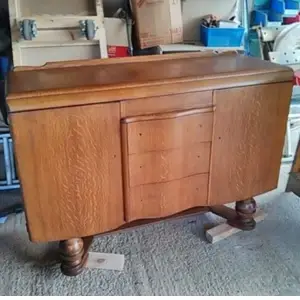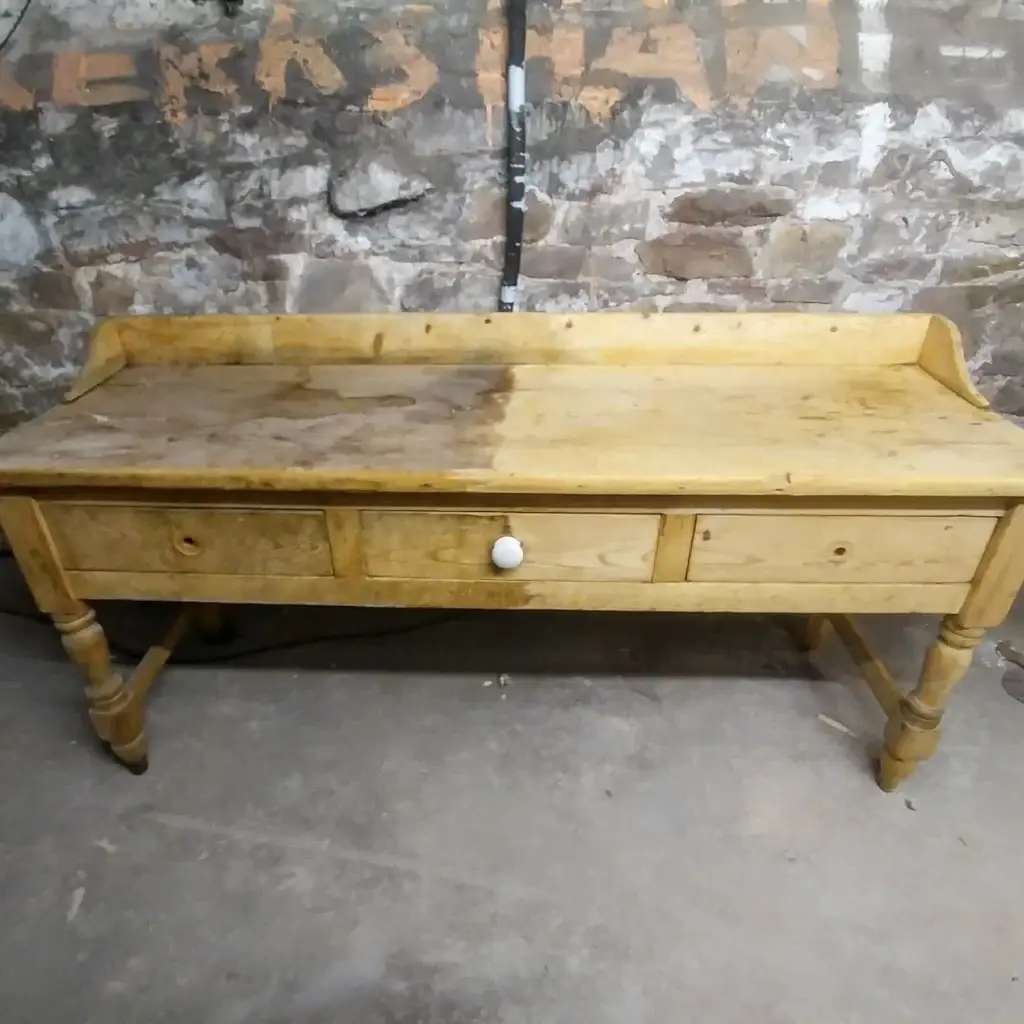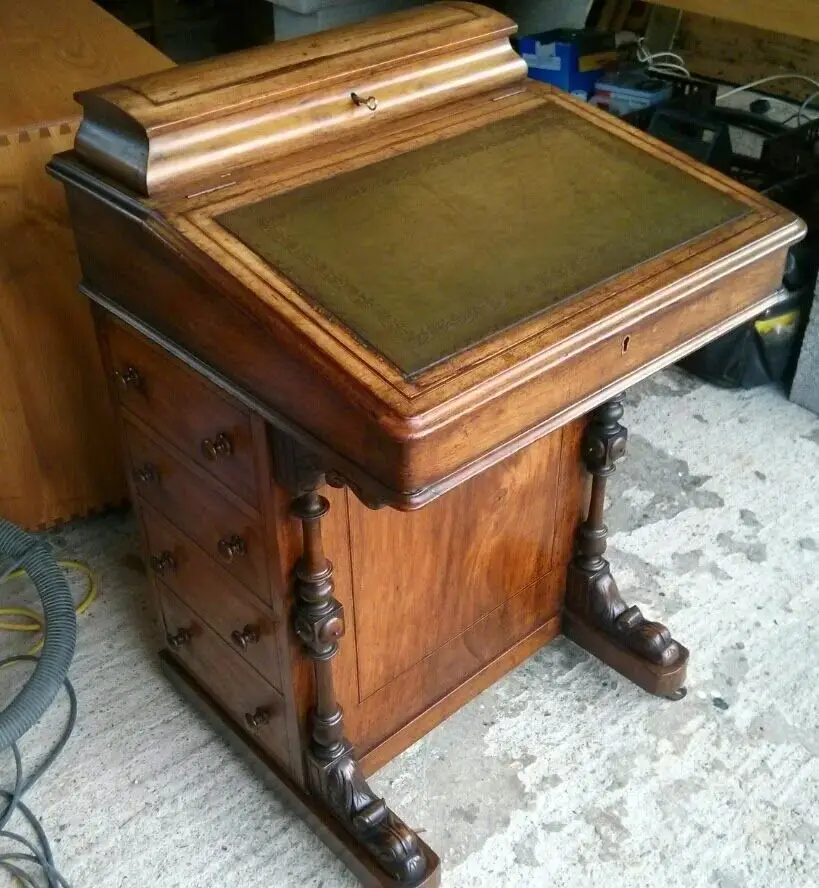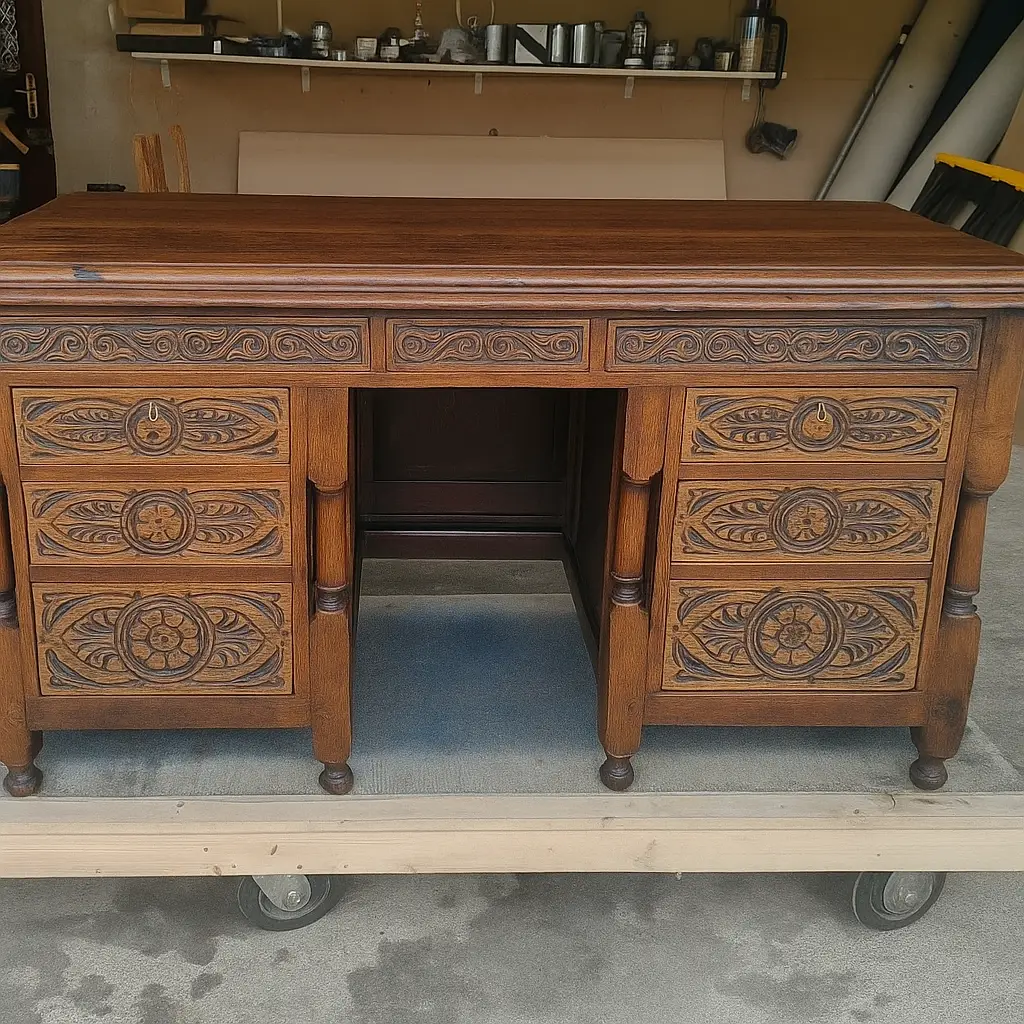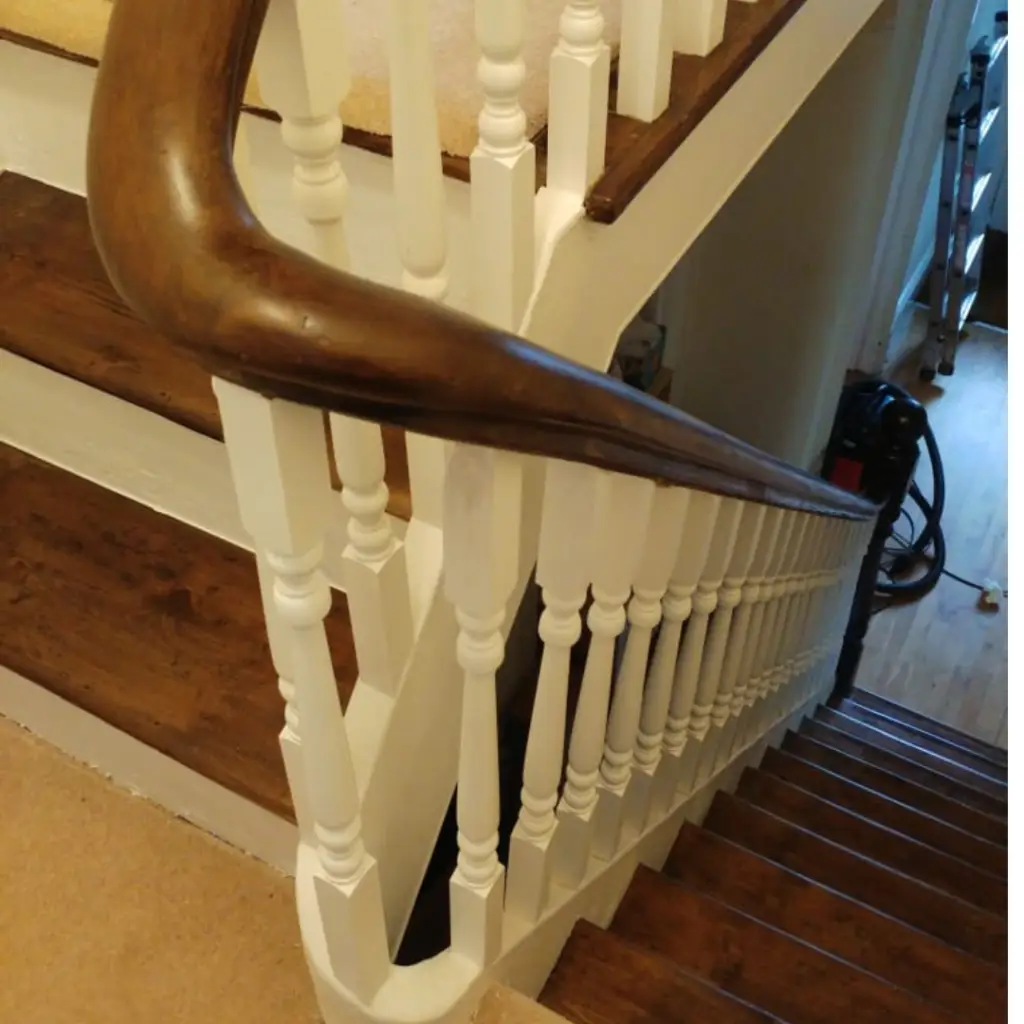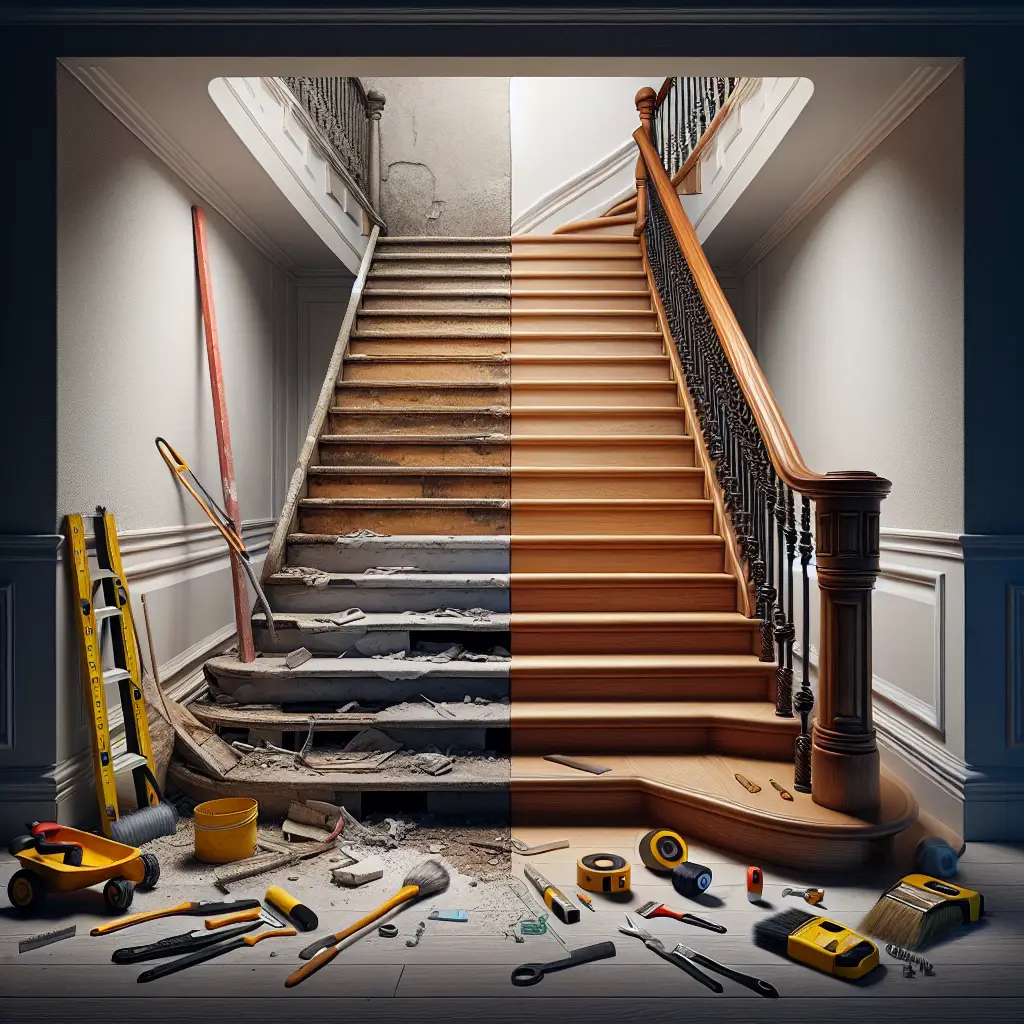Creating a Hypoallergenic Living Environment Through Furniture Restoration
For individuals with allergies, the quest for a comfortable and healthy living environment can be challenging. One critical aspect is restoring and maintaining furniture in a hypoallergenic manner. Here’s a comprehensive guide tailored for allergic individuals in the UK, focusing on furniture restoration and hypoallergenic options.
Identifying Allergenic Materials
Understanding which materials in your upholstered furniture might trigger allergic reactions is the first step towards an allergy-friendly home. Common allergenic materials include:
- Fabrics: Hemp, wool, linen, nylon, rayon, cotton, and polyester.
- Foams and Adhesives: Used in the manufacturing of cushions and structures.
- Chemical Treatments: Applied during the manufacturing process, which may contain irritants.
These materials can trap dust mites, pet dander, and other allergens, exacerbating allergy symptoms.
Symptoms and Diagnosis
Recognising symptoms of sofa allergy, often referred to as “sofa dermatitis”, is crucial. Symptoms may include:
- Redness, itching, and swelling.
- Rash or blisters on the skin which come into contact with the sofa.
- In severe cases, eczema or dermatitis flare-ups.
Diagnosis involves observing the consistency of symptoms. If they appear regularly after contact with the furniture, it might indicate an allergy.
Cleaning and Maintenance
Regular cleaning is essential to minimise allergens. Here are some effective strategies:
- Vacuuming: Use a vacuum cleaner with a HEPA filter to capture dust and pet dander. Aim to vacuum 2-3 times a week.
- Steam Cleaning: This method is highly effective in exterminating microscopic allergens. Consider steam cleaning every few months, especially in spring.
- Allergen-Proof Covers: Use zippered, plastic, or specially designed allergen-resistant covers on cushions and pillows. Wash covers in hot water (at least 54°C) to eliminate dust mites.
Hypoallergenic Materials
When restoring or replacing furniture, consider hypoallergenic materials. Recommended options include:
- Leather: Naturally easy to clean and resistant to dust mites and pet dander.
- Vinyl or Synthetic Leather: Also easy to clean and less prone to harbour allergens.
- Tight Weave Fabrics: These fabrics restrict the penetration of dust and allergens.
Professional Restoration Services
In the UK, engaging professional furniture restoration services like “Simons Staircase & Furniture Restoration” can be an advantageous choice. Here are some guidelines for ensuring hypoallergenic restoration:
- Avoid Chemical Treatments: Select services that do not use chemical treatments that can aggravate allergies.
- Natural Finishes: Opt for finishes made from natural substances like beeswax and walnut oil, which release fewer volatile organic compounds (VOCs).
- Allergy-Safe Cleaning: Ensure that allergy-safe cleaning products and methods are used during restoration.
Additional Tips
- Humidity Control: Use a dehumidifier to prevent excessive humidity, which promotes mould and dust mites.
- Air Quality Improvement: Install HEPA air filters to capture dust and chemicals released from furniture.
- Regular Deep Cleaning: Implement a routine of dusting with a damp microfiber cloth and thoroughly vacuuming all surfaces.
Specifications Table
| Aspect | Recommendation |
|---|---|
| Vacuuming | HEPA filter vacuum, 2-3 times a week |
| Steam Cleaning | Quarterly, especially in spring |
| Allergen-Proof Covers | Zippered and washable in hot water |
| Hypoallergenic Material | Leather, vinyl, tight weave fabrics |
| Professional Services | Avoid chemicals, use natural finishes |
FAQs
What materials should I avoid if I have allergies?
Avoid materials such as hemp, wool, and certain synthetic fibres like polyester, as they can trap allergens like dust mites and pet dander.
How can professional restoration services aid in creating a hypoallergenic environment?
Professional services like “Simons Staircase & Furniture Restoration” can properly restore furniture using natural finishes and allergy-safe cleaning methods without the use of irritating chemicals.
How often should I clean my furniture to maintain a hypoallergenic environment?
Vacuum regularly 2-3 times a week, and perform steam cleaning every few months. Use allergen-proof covers and wash them in hot water frequently.
By employing these strategies, allergic individuals can create an environment that significantly reduces allergen exposure, enhancing comfort and health. Remember, the goal is to foster a home environment that accommodates the sensitive needs of everyone, ensuring both safety and comfort.


